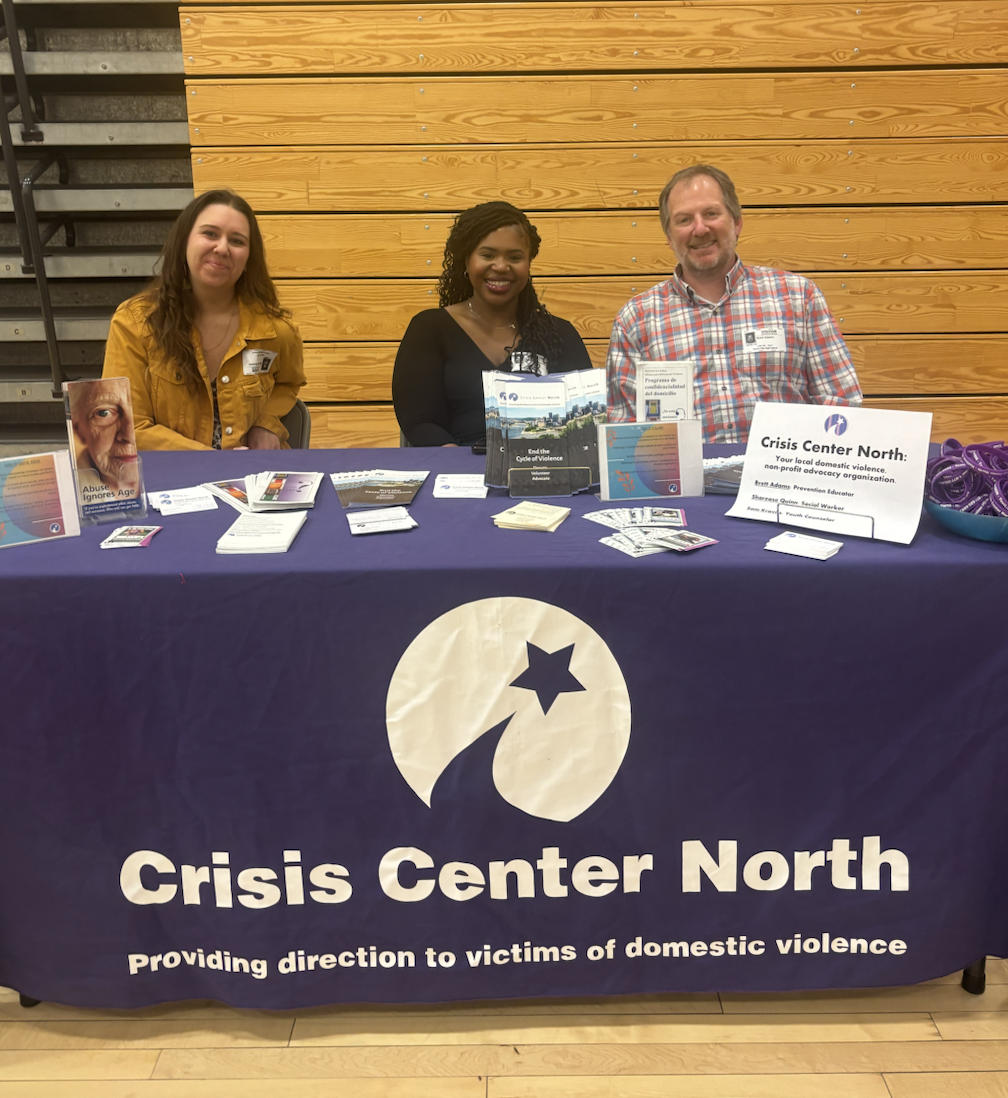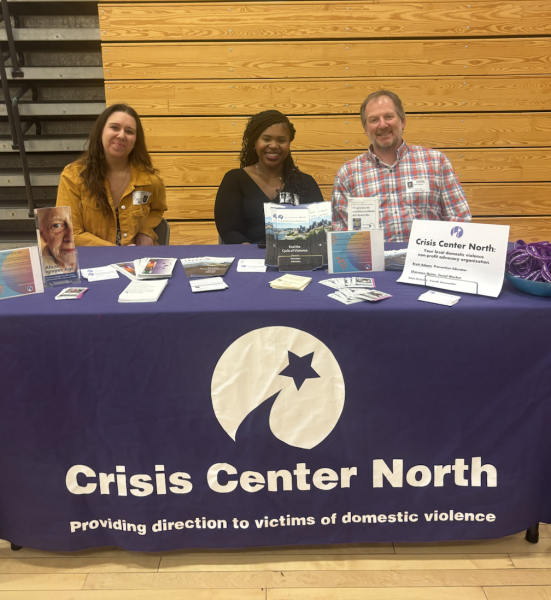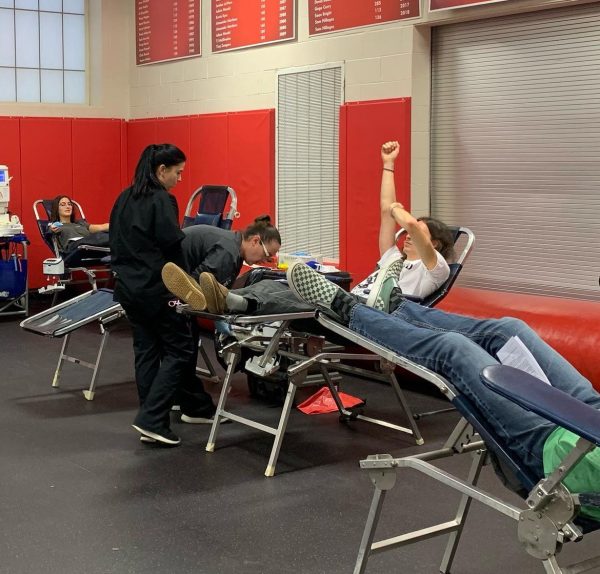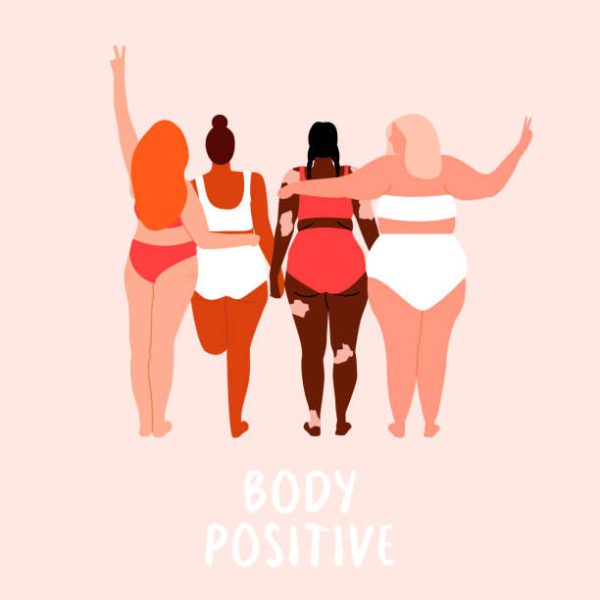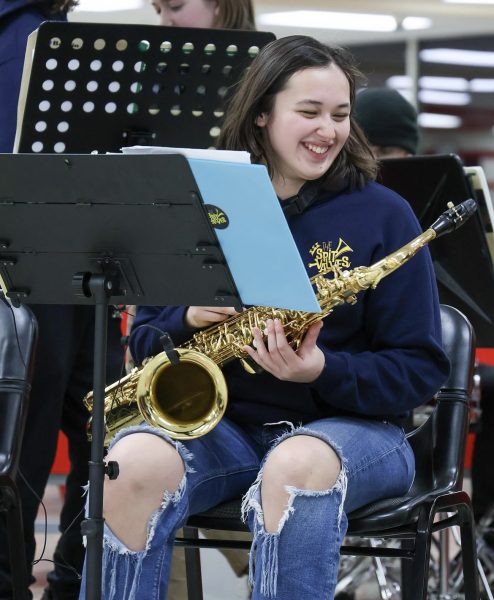The Epidemic of Violent Acts
April 24, 2014
Ralph Waldo Emerson once said, “peace cannot be achieved through violence, it can only be attained through understanding.” School violence has seemingly become an epidemic that is changing the landscape of our educational environment as we know it.
Every week it seems there is another school shooting, or more recently, a stabbing at Franklin Regional High School. A lot is said that to avoid situations like this, schools must keep an open ear to troubled students at all times. However, the assailant at Franklin had no previous history of mental illness and was looked upon as a normal student. The truth is that we as a society must accept violent acts like these no matter how hard it is to swallow. Violent crimes against fellow students can often be let without explanation, but we as a society must learn not to reach for answers that are not there. The fact of the matter is school violence is actually trending downwards.
Dewey Cornell, a clinical psychologist and education professor at the University of Virginia, says incidents like the one in Chardon, Ohio, and the infamous mass shootings at Columbine High School in Colorado and at Virginia Tech have reinforced a perception that schools are dangerous places. “But that’s just not true,” says Cornell, who has been examining school violence for decades. “I know on the heels of any school shooting, there’s the perception that violence is on the rise. It’s not. In fact, there’s been a very steady downward trend for the past 15 years.”
Research by Cornell and others shows that school age and college-age kids are not only safer, but far more secure on school campuses than anywhere else. There’s also broad agreement that the zero-tolerance policies popular in some school systems have had little to do with the decrease and may, in fact, have proved to be counterproductive. School violence in the U.S. reached a peak in 1993, according to the National Center for Education Statistics. That year, there were 42 homicides by students in total, as well as 13 “serious violent crimes” (rape, sexual assault, robbery and aggravated assault) per 1,000 students at primary and secondary schools. By 2010, the latest figures available, those numbers had decreased to two homicides and violent crimes were down to four per 1,000 students.
It must be understood that violence in every school is not decreasing. Violent crimes in cities such as Detroit and Cleveland have made it a struggle to make schools a safer place. This disease will not be easily cured—there will always be those shocking instances where there are no indicators to why a particular student committed crimes. The only way to minimize these violent acts in schools across the country and to continue the downward trend is through patience and understanding.
